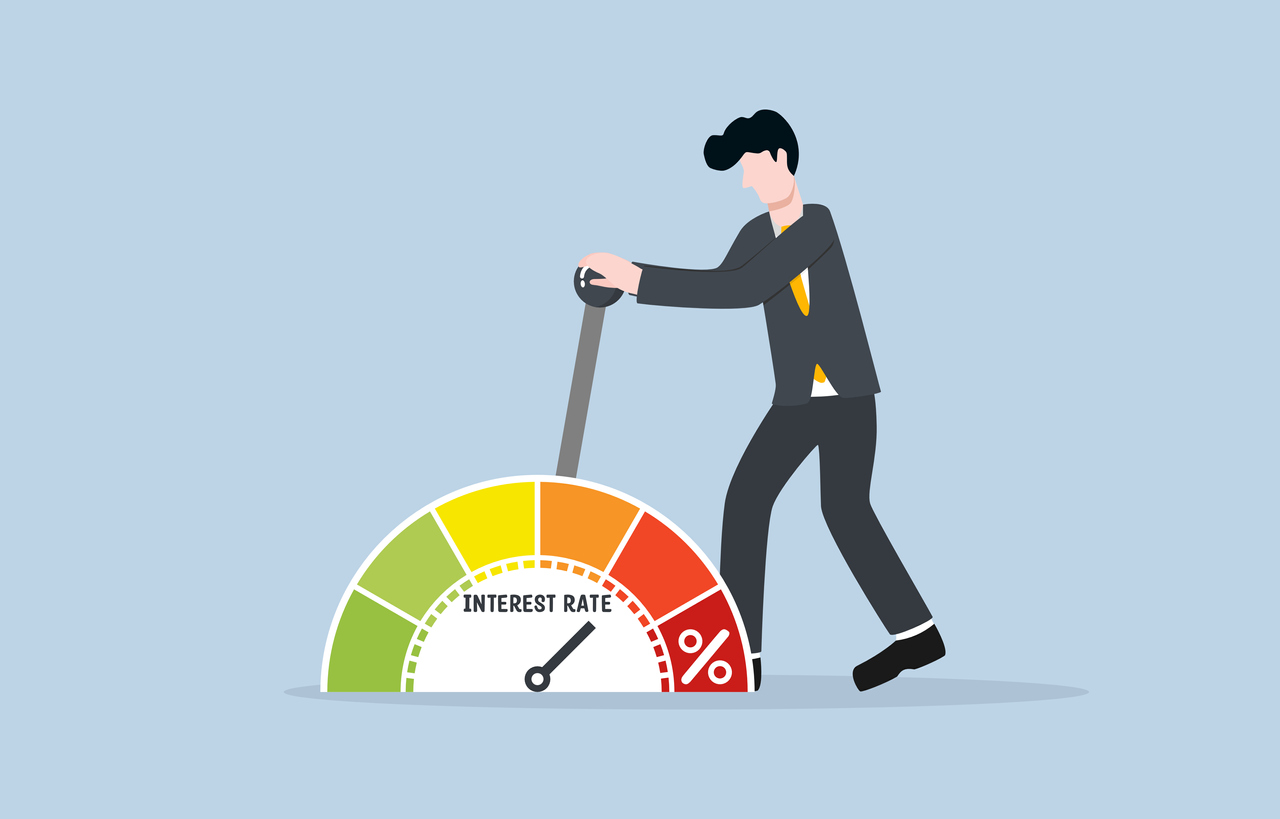3 Ways the Bank of Canada’s Rate-Hiking Cycle Can Impact You
by Anthony D’anello | Oct 03, 2022

At the beginning of the year, the Bank of Canada increased its benchmark interest rate by .25%. And recently, the rate has increased by 75 basis points, reaching 3.25%—its highest level in more than a decade.
This is the aggressive rate-hiking cycle that the Bank of Canada has embarked on for most of 2022. It’s a means of returning rates to “normal” after being slashed to historic lows to combat inflation.
If you’re planning to sell your Montreal home, what does this mean for you? Here are three ways that the Bank of Canada’s rate-hiking cycle can impact you:
1. Mortgage Rates Will Continue Rising
As mortgage rates increase, so does the monthly carrying cost of a home. That is probably the most direct way the Bank of Canada’s rate-hiking cycle can impact you.
If you want to buy a Montreal home, opting for a fixed-rate mortgage may give you the stability of knowing your monthly payments won’t change—even if rates continue to rise.
On the other hand, rising mortgage rates may make buyers more hesitant to purchase if you’re looking to sell your home in Montreal. This is where a qualified real estate professional, such as Anthony D’Anello, can be helpful. They can guide you on pricing your home competitively to attract buyers.
2. Home Equity Lines of Credit Will Become More Expensive
Another way that the Bank of Canada’s rate-hiking cycle can impact you is through the cost of home equity lines of credit (HELOCs). A HELOC is a type of loan that uses your home equity as collateral.
As rates rise, borrowing costs against your home equity will also increase. That may make HELOCs less attractive for those looking to use them for home renovations or other purposes.
If you have a HELOC, it’s essential to keep an eye on interest rates and be aware of how rising rates will affect your monthly payments.
3. Increase in Savings Rates
A silver lining to the Bank of Canada’s rate-hiking cycle is that it may lead to higher interest rates on savings accounts. This is good news for those with money saved up, as they can earn more interest on their deposits.
As the central bank raises its benchmark rate, banks and other financial institutions will likely follow suit by raising their rates on products like savings accounts and Guaranteed Investment Certificates (GICs).
If you have money saved in a high-interest savings account, you can expect your interest earnings to increase. This is an excellent way to offset some of the increased costs associated with the Bank of Canada’s rate-hiking cycle.
The Bottom Line
The Bank of Canada’s rate-hiking cycle can significantly impact those with mortgages, home equity lines of credit, and savings accounts. It’s essential to be aware of how rising interest rates will affect you so that you can make the necessary adjustments.
With a professional with experience navigating changing market conditions, you can be sure that you’re making the best decisions for your unique real estate situation. This is where Anthony D’Anello comes in. He can help you price your home competitively and find the right mortgage product for your needs. Do you have any questions about how the Bank of Canada’s rate-hiking cycle will impact your house selling plans? Let’s get in touch.



